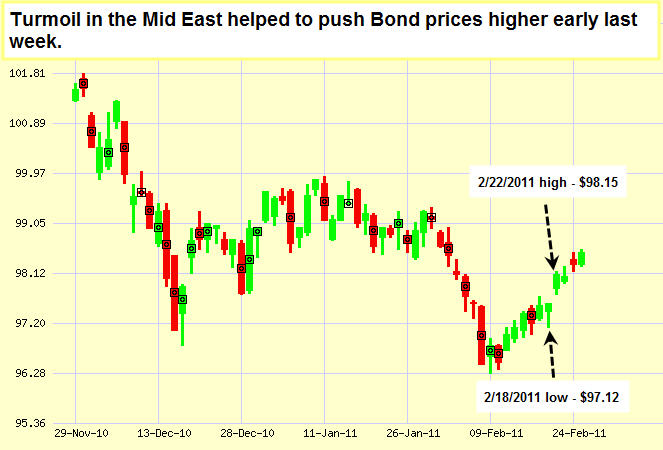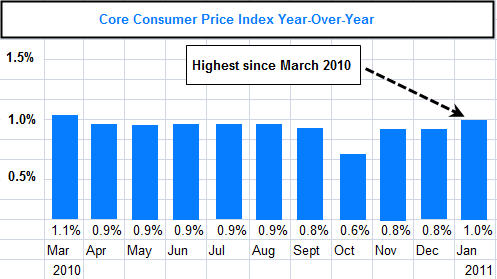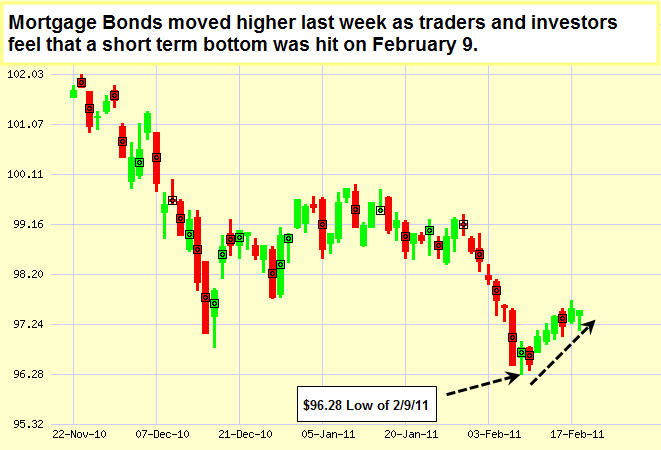| Take Credit for Your Kids Each qualifying child could slash your tax bill by up to $1,000. By Mary Beth Franklin, Kiplinger.com Thanks to a flurry of year-end tax legislation, eligible families will continue to benefit from a $1,000 tax credit for each child under age 17 when they file their 2010 taxes -- and for each of the next two years. (A tax credit, which reduces your tax bill dollar-for-dollar, is more valuable than a tax deduction, which merely reduces the amount of income that is taxed.) In these tough economic times, when many families have seen their income slashed, some taxpayers also may qualify for an expanded Additional Child Tax Credit, which could trigger a refund even if no tax is due. Basic child credit You can claim a tax credit of up to $1,000 for each of your children under age 17 as long as you meet the income eligibility requirements. The qualifying child must satisfy the relationship and residency test and not have provided more than half of his or her own support. Barring further congressional action, the child tax credit is scheduled to revert to $500 per qualifying child on January 1, 2013. The child credit phases out in $50 increments for each $1,000 (or fraction thereof) by which your adjusted gross income (AGI) exceeds $75,000 for individuals or $110,000 for married couples filing jointly ($55,000 for married filing separately). The income level at which the credit completely disappears depends on the number of qualifying children. For example, a married couple filing jointly with one child would lose the credit completely when their income topped $129,001. But with two children, they could claim at least part of the child credit until their income exceeded $149,001, and with three children, the credit would disappear once their AGI topped $169,001. Use Form 8812 to claim the child tax credit. Refundable credit Some low-income families qualify for a refundable child tax credit, which was increased significantly as a result of the economic stimulus package passed in 2009. Lowering the income threshold to $3,000 boosts the size of the refund available to qualifying taxpayers. It’s designed to put cash in the hands of Americans who may have lost their jobs or had their hours cut back during this recession. For example, a single mother of two children with $10,000 of earned income would owe no tax after claiming a standard deduction and personal exemptions for each member of her household. So the $2,000 child credit normally would go to waste because she owes no tax. But under the revised law, she is able to claim a refundable tax credit worth the lesser of the unused child tax credit - in this case $2,000 - or 15% of her earned income that exceeds the $3,000 threshold. In this example, her $7,000 of income over the threshold would translate into a refund of $1,050. Child-Care credit If you pay someone to watch your child while you and your spouse work - or while you are looking for work - you may be able to write off some of your expenses for children up to age 13 or older children who are physically or mentally disabled. You can claim a tax credit for a portion of your expenses or use a flexible spending account at work, which allows you to pay your child-care costs with pretax dollars. The child-care tax credit covers 20% to 35% of what you spend, depending on income. Taxpayers with AGIs of $15,000 or less get the top credit of 35%, and the rate gradually declines until it bottoms out at 20% for taxpayers with income above $43,000. The maximum credit is $3,000 for one child and $6,000 for two or more children. The flex plan is often a better deal for higher-income workers because the money set aside for child-care costs not only escapes income tax, it also avoids the 7.65% Social Security and Medicare tax. So if you’re in the 25% federal tax bracket, running the maximum $5,000 of child-care expenses through your flex plan avoids a 32.65% tax hit, lowering your tax bill by $1,633. You'll save even more if your FSA contribution escapes state income taxes, too. If the flex plan is better for you, note this twist: Although you can’t shelter more than $5,000 in a flex plan, the maximum child-care credit for two or more children is $6,000. So even if you max out your flex plan, you may be able to claim up to $1,000 of additional expenses through the child-care credit. That could lower your tax bill by $200 or more. Reprinted with permission. All Contents ©2011 The Kiplinger Washington Editors. www.kiplinger.com.
--------------------------
Economic Calendar for the Week of February 28 - March 4, 2011 Remember, as a general rule, weaker than expected economic data is good for rates, while positive data causes rates to rise. Economic Calendar for the Week of February 28 - March 04 | Date | ET | Economic Report | For | Estimate | Actual | Prior | Impact | | Mon. February 28 | 08:30 | Personal Income | Jan | 0.1% | | 0.4% | Moderate | | Mon. February 28 | 08:30 | Personal Spending | Jan | 0.4% | | 0.7% | Moderate | | Mon. February 28 | 08:30 | Personal Consumption Expenditures and Core PCE | Jan | 0.1% | | 0.0% | HIGH | | Mon. February 28 | 08:30 | Personal Consumption Expenditures and Core PCE | | | | 




